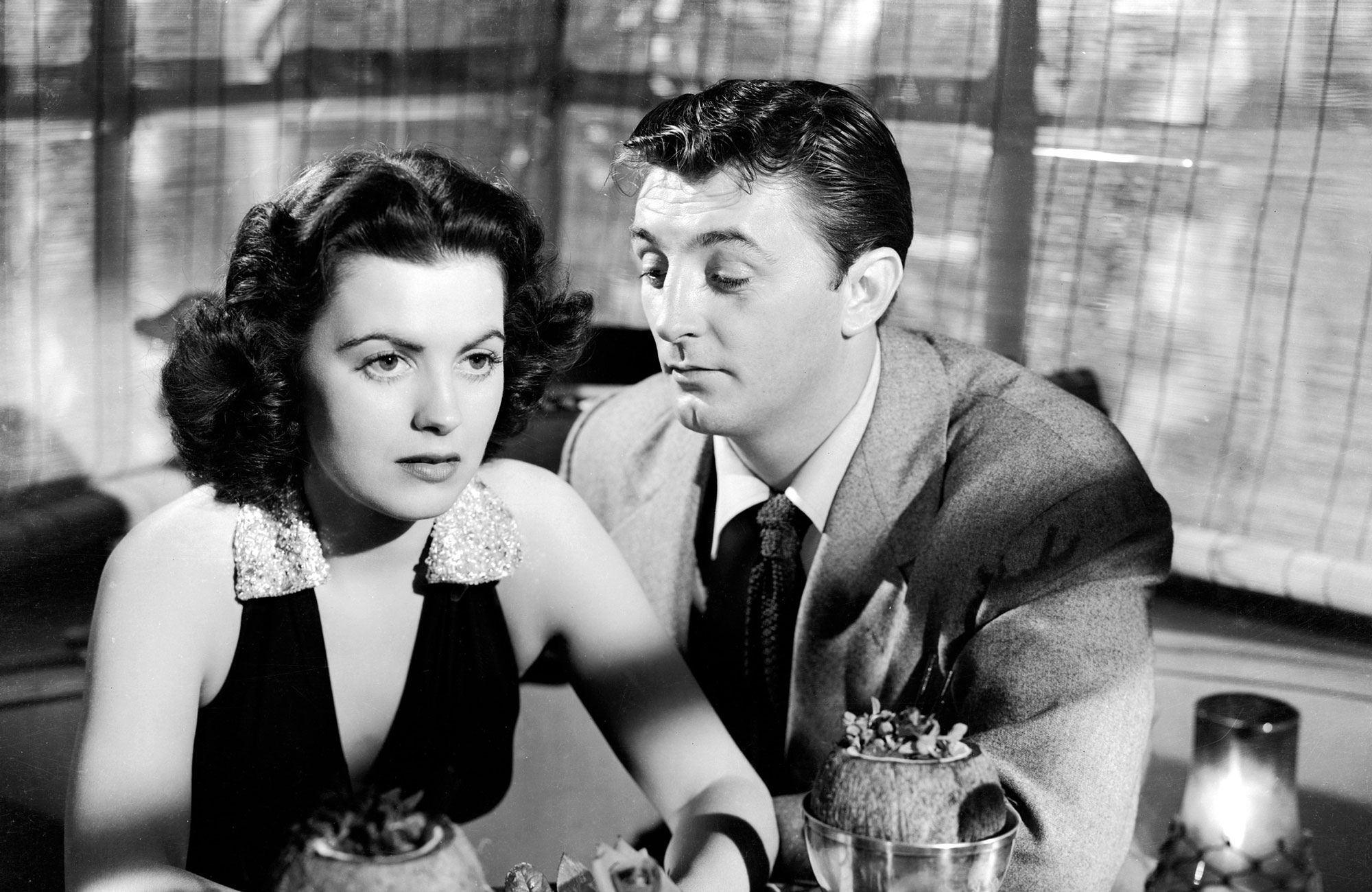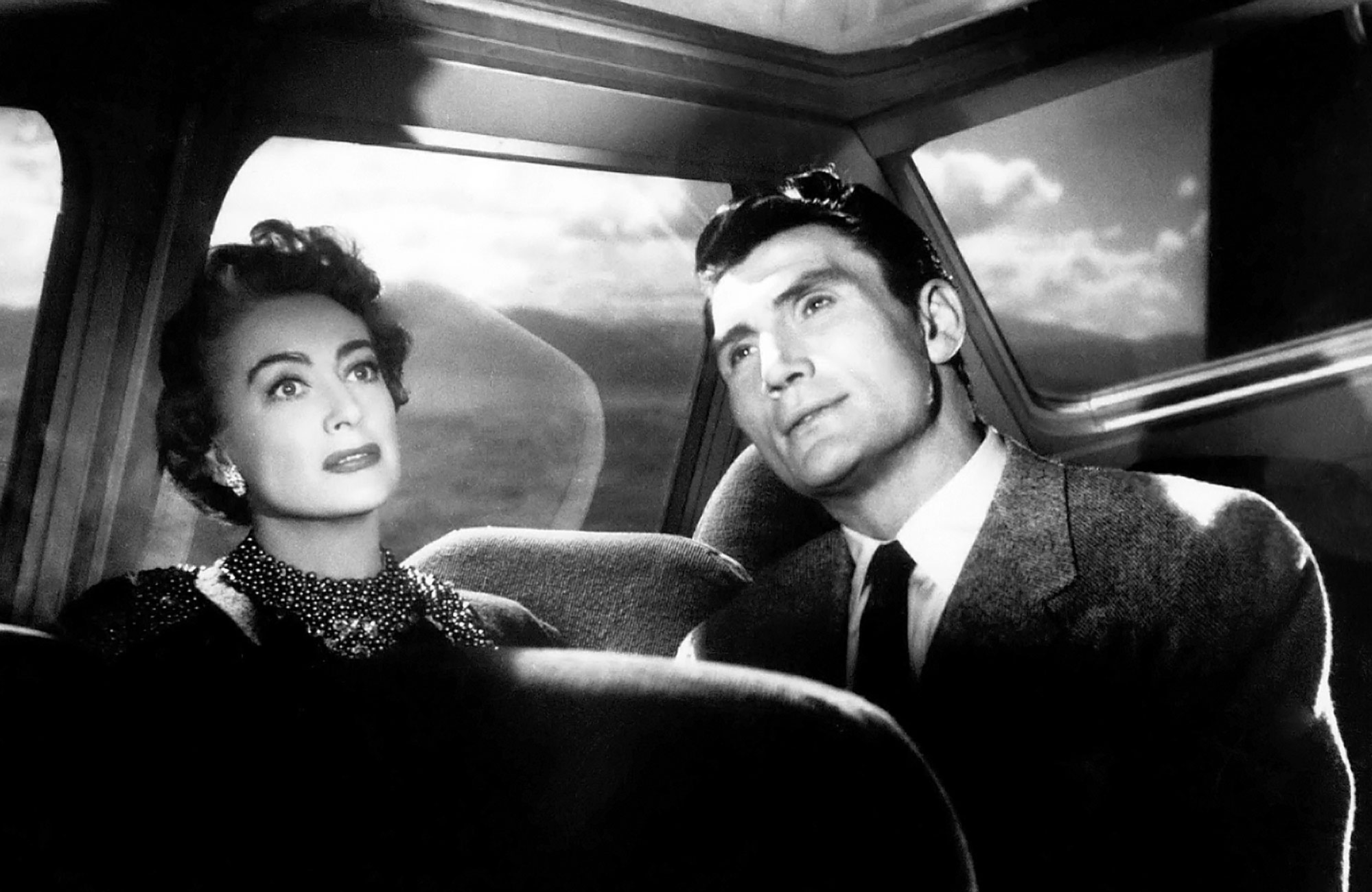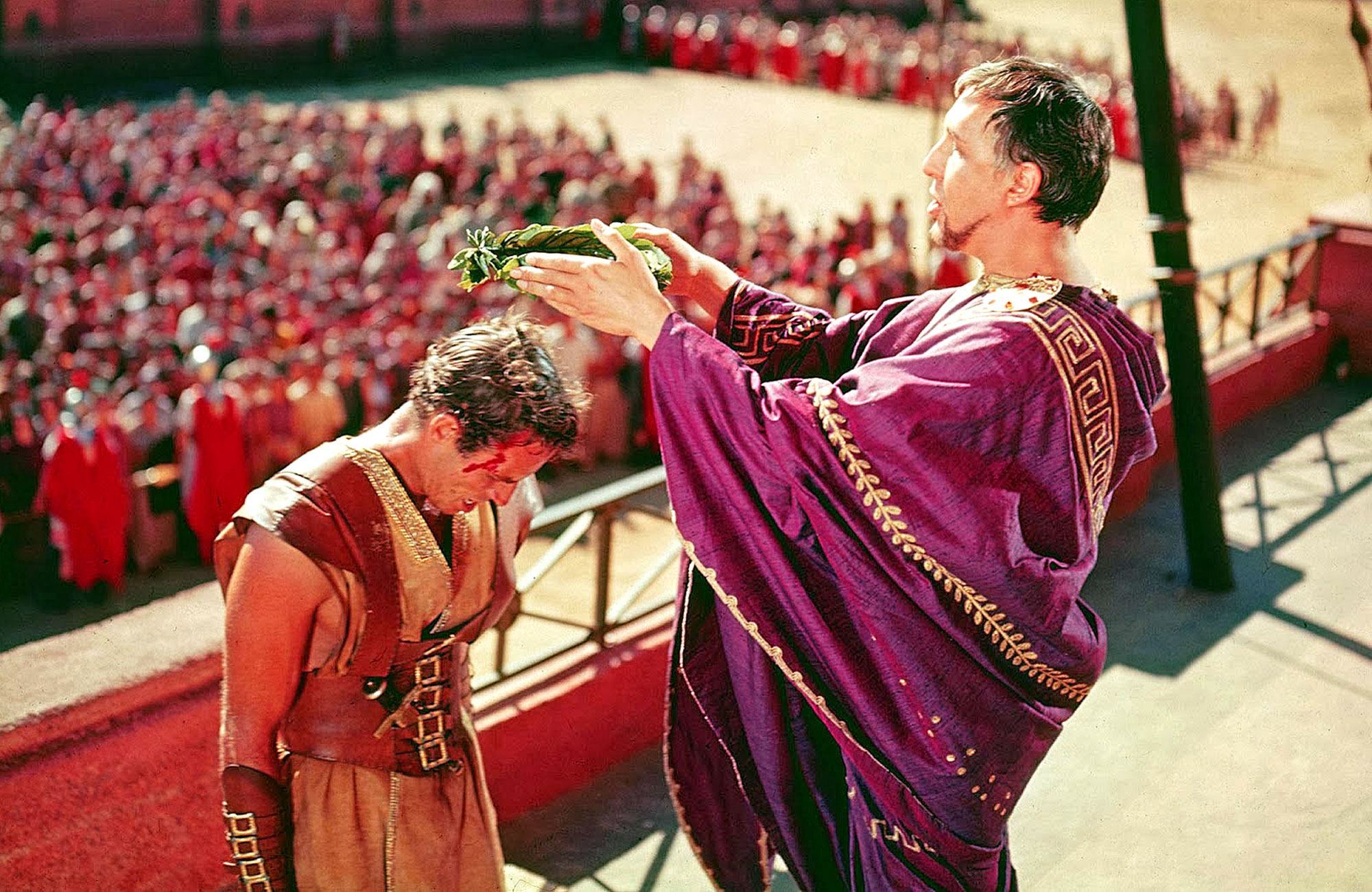American movie theater attendance peaked 80 years ago with 84 million tickets sold per week in 1944. It’s been a steady decline ever since, with every decade apparently presenting new threats to Hollywood’s survival.
From the 1948 Supreme Court decision breaking up studios and theater chains, to dilettante Howard Hughes’ destruction of RKO, to shake-ups at MGM (Mayer’s departure) and Fox (Zanuck’s departure), to the proliferation of television in the 1950’s, to the social revolutions of the 1960’s, to cable TV and DVD and social media and streaming services, Hollywood’s obituary has been in the can almost as long as movies have been around. So, the fact that Hollywood was a durable and essential 20th-century cultural institution is indisputable even if its role in the 21st century is far from certain.

Maybe our first clue that Hollywood wouldn’t be so easy to slay was Paramount’s admirable resilience, despite being the lawsuit’s poster child, in the wake of United States v. Paramount Pictures, Inc., the SCOTUS decision that broke up the studios and effectively ended their comfortable hold on the industry.
As described in Foster Hirsch’s brilliantly informative and thoroughly researched new book, “Hollywood and the Movies of the Fifties: The Collapse of the Studio System, the Thrill of Cinerama, and the Invasion of the Ultimate Body Snatcher — Television” (Alfred A. Knopf, 2023), the steady hand of Barney Balaban, the Paramount president who had inherited the legendary studio from its founder, Alfred Zukor, managed to absorb the enormous hit to profits fairly immediately and keep the studio on a path of steady growth in revenue and profit.
Paramount’s success aside, the 1950’s were no cakewalk for the studios, and Hirsch offers us an encyclopedic and entertaining inventory of the innovations, dislocations, and triumphs in Hollywood throughout this fascinating decade. And while film noir isn’t the focus here, Hirsch is one of the noir cycle’s most well-read and well-respected scholars, so his love for noir is abundantly evident throughout the 500 pages, including occasional detours to in-depth explorations of unique noirs like The Red Menace (1949), Where Danger Lives (1950), Storm Warning (1951), and The Steel Trap (1952).
The author of more than a dozen books on film, including the all-but-mandatory volume for film noir fans, “Film Noir: The Dark Side of the Screen” (Da Capo, 1981), which helped inform this writer’s early appreciation of noir, Hirsch here swaps the depth of the earlier book for the breadth of a decade across all genres and themes, including unusually nuanced discussions of the technical advancements that the studios were hoping would boost profits amidst the competition: curved screen (Cinerama), widescreen (CinemaScope), and 3-D. An entire section is also dedicated to the anxiety of the anti-communism movement and the impact of the House Un-American Activities Committee (HUAC) on the careers and reputations of some of Hollywood’s best and brightest.

A key highlight of the book is its structure: resisting any temptation toward a chronological narrative, Hirsch instead divides the book by themes and subject areas. The first part, my personal favorite, devotes one chapter to each of the Big Five and Little Three studios, and another to low-budget studio Republic Films, highlighting the struggles, schemes, and personalities that guided each studio’s fate during this period of forced change.
Without skimping on the iconic moguls like Mayer, Zanuck, Warner, and Cohn, Hirsch takes pains to bring to life lesser-known figures like Dore Schary, a production head whom some might say is largely responsible for the noir credentials of MGM and RKO, and Arthur Krim and Robert Benjamin, the pair of lawyers, decidedly not artists, who took over United Artists in 1951, churning out one-off hits and steady profits by encouraging creative risks (see Charles Laughton’s 1955 masterpiece, The Night of the Hunter).
Another section comprises chapters on aging Hollywood stars of the decade, including the legacies left and, in many cases, the survival strategies that actually worked. A personal favorite is Hirsch’s review of Joan Crawford’s moribund career at the decade’s commencement, her reputation revamped by an invitation to play the lead in David Miller’s Sudden Fear (1952), a nearly perfectly crafted noir in which Crawford acts on all cylinders to deliver what many consider her greatest performance, which earned her a third and final Academy Award nomination. (Barbara Stanwyck fans may be disappointed by Hirsch’s lack of attention to the noir queen.)

The final section devotes one chapter to each of the major genres of the decade, including the unwaveringly popular westerns, the sci-fi creature features that symbolized our Cold War anxieties, the sweeping historical and Biblical Technicolor epics designed to render television screens irrelevant, and, of course, film noir. This latter chapter recounts some of the most common noir narratives up to that point (private eye, man-on-the-run, etc.) while highlighting noir’s new 1950’s flavor, such as the diminished prevalence of the femme fatale character and the impact of Hitchcock during his most glorious decade.
Hirsch packs every page with new information, but the prose flows easily and the kaleidoscopic structure keeps readers fully engaged. Those with an interest in Hollywood history or the business of movies will devour this book with gusto. And good news: Hirsch is currently at work on a follow-up volume, this one focused on the 1960’s.
Mike Bayer is the creator and founding editor of Heart of Noir. His full bio can be found here.

© 2024 Heart of Noir